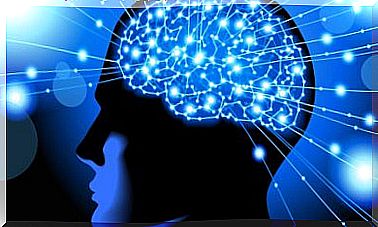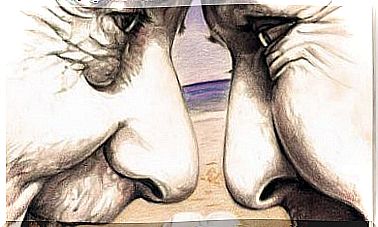Cognitive Neuroscience, A New Perspective For The Mind-brain Relationship
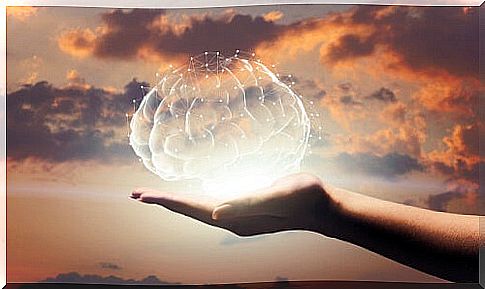
Cognitive neuroscience has emerged from the need to study and understand the relationship between the mind and the brain. In this case, the emphasis is on understanding brain function in different activities. Therefore, it is important to understand how this science arose and what its contributions have been to the knowledge that we have today.
It should be clarified that this work area has a very recent origin. Therefore, it has influences from many areas, from which it not only draws some of its bases, but also works alongside them. All this in order to improve the knowledge we have about the relationship between mind and brain.
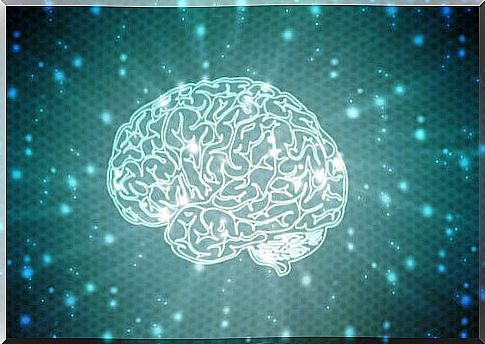
How did cognitive neuroscience come about?
The first authors to talk about cognitive neuroscience were psychologists Michael S. Gazzaniga and George A. Miller. They became interested in studying the brain’s substrate of the mind.
Its objective was to emphasize the understanding of the biological bases of cognition, through a study in healthy people. As tools, they use brain science techniques and cognitive science methods. That is, their work involves knowing the physiological activity of the brain that results in functions such as perception or memory, among others.
Therefore, with this new branch of neuroscience, quantitative and qualitative data of a scientific nature can be generated about the brain.
In short, the brain becomes the focus of study, thus managing to overcome the separation between mind and brain. In this way, the activations and brain parts that help to carry out multiple physical and cognitive functions are explained.
What are the origins of cognitive neuroscience?
Cognitive neuroscience has its roots in three major areas: neuroscience, experimental psychology, and computer science.
The union of knowledge of these three branches were what made development in this area of study possible.
Neuroscience
Neuroscience has postulated some concepts that have been vital for the understanding and application of cognitive neuroscience. Among them is:
- Hierarchical organization of the nervous system : in which higher levels control the lower ones. Likewise, there are multiple brain areas that contribute to the development of complex processes.
- The anatomical organization of the brain : in which the brain was found to be divided into areas. These areas are those that can be in charge of developing complex functions. Emphasizing that they do not work separately, needing the activation of multiple areas to develop it correctly.
- Brain activity registry : studies on motor and perceptual activities are related to specific patterns of neural activity. That is, when some type of act was performed or an object was shown, there was a specific neuronal activation in people in response to the stimuli presented.
All of these concepts were vital to developing goals in cognitive neuroscience. Taking into account that the tools and knowledge on the topics have advanced, this has helped to complement the information.
Experimental psychology
Scientific or experimental psychology is an important part in the development of cognitive neuroscience for multiple reasons. To begin with, it is important to talk about Feschner, he worked on the physiology of sensations and created the main elements of psychophysics. Thus, his ideas have become one of the fundamental pillars in cognitive neuroscience.
The appearance of cognitive psychology is another relevant fact. Within his thesis, he begins to bet because the knowledge of the world is based on a biological support – hardware – to perceive.
Likewise, perception is a process that would depend on the information given by the stimulus, but that would also be mediated by the mental structure that perceives it.
Similarly, this branch of psychology studied the internal representations of the brain, that is, the mental structure. Emphasizing how these influence higher processes, such as actions and thoughts.
To do this, he analyzed complex functions by dividing them into simple processes. Simple processes that, on the other hand, can be located anatomically and be directly correlated with simple forms of behavioral manifestations.
Computer’s science
Within computer science, artificial intelligence also has a lot to do with advances in cognitive neuroscience. In this case, this area of study has provided successful language to explain brain function.
In the case of artificial intelligence, the simplest process is that of computing, which is closely related to brain mapping. Being this last activity also carried out by cognitive neuroscience.
Likewise, computing is understood by levels of analysis that become hierarchies. In that order, what is computed is found first, that is, related to the theory of calculus. Then there is how it is done, which is related to the algorithms worked on in artificial intelligence.
In the case of cognitive neuroscience, these hierarchies have also been created. It is taken into account that what is computed in this case are the relevant stimuli for the person. Then, how it is computed is related to how the mental structure analyzes the information and how this information influences its development. A third concept was added, the implementation that relates to neural characteristics of connections and transformations.
What is being worked on in cognitive neuroscience?
Thanks to the study of patients with brain injuries, a new vision has been developed on the brain organization of human cognition. In it, it has been explained that the brain is organized both structurally and functionally in simple units or modules. These modules operate simultaneously to produce mental activity.
That is, the brain is divided into areas that are activated when receiving some type of stimulus. The connections that occur between the areas cause an activity to develop and respond to a cognitive function or behavior.
Therefore, we want to determine the anatomical structure of the brain and the location of the functional units. In the same way, it studies how these units interact in order to develop cognitive activities.
Therefore, they investigate the union between the parts of the brain and its functioning, which results in the development of cognitive functions. Likewise, they want to know the possible failures that can occur as a result of damage to the structure or the connection.
These studies help to understand how a healthy brain works. In the same way, it has helped to understand brain function in patients who have some damage or disorder.
Likewise, it has been found that the information obtained can be of support for the development of rehabilitation activities : they show the structures involved in a function and help guide the intervention process.
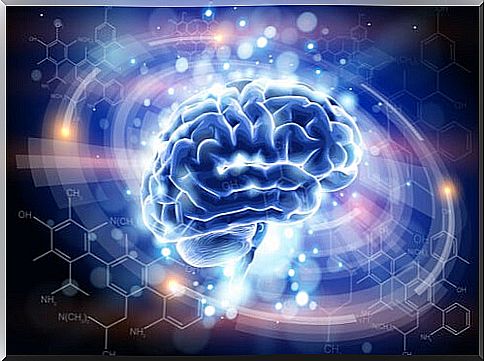
Importance of neuroimaging techniques
Technological advances, especially those related to those achieved with neuroimaging techniques, have much to do with the development of cognitive neuroscience. Through the use of brain images we have been able to explore more precisely the complexity of brain representation.
Likewise, this type of image shows not only the active areas, but also the neural work behind these activations, understanding the functioning of both the gray and white matter.
conclusion
Cognitive neuroscience was born out of the need to know the relationship between mind and brain. Thus, he took as an object of study the neural implications in the development of activities, and did so taking into account anatomical and functional aspects on which some cognitive functions and behaviors are based.
Being a very recent area of study, it has been possible to support knowledge derived from neuroscience, experimental psychology and computer science, generating a new paradigm to better understand how our brain works. Finally, the great advances that we have made through trail remnants do not mean that recent science has a long way to go.


